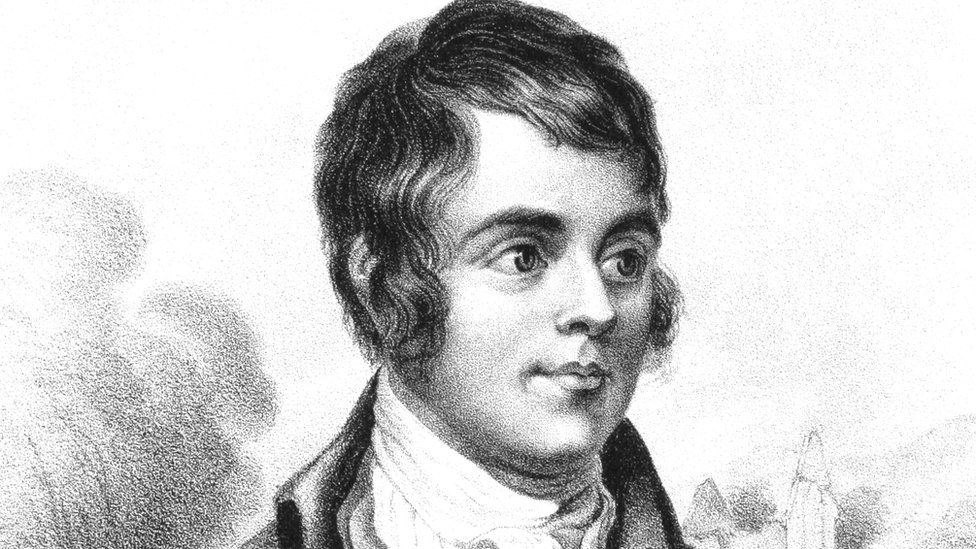
13th August 2021
“A-chasing the wild-deer and following the roe, my heart’s in the Highlands, wherever I go.”
Conjuring images of idyllic countryside and Highland beauty, Robert Burns’ loving ode to rural life could easily have been describing just about anywhere in Scotland.
A literary giant and Scotland’s national poet, Robert Burns was born and raised in Ayrshire. Yet although he travelled around Scotland (and briefly flirted with the idea of emigrating to Jamaica), Ayrshire would remain dear to him throughout his life as both a home and a source of literary inspiration, and the county is dotted with locations that mark milestones in his life.
Fortunately for fans, many of these key sites from Burns’ life have been preserved and can still be visited today, all of them no further than a 30-minute drive from each other (and most are clustered within easy walking distance).
With Turnberry Apartments as your base, read on for our list of sites for the ultimate Robert Burns pilgrimage.
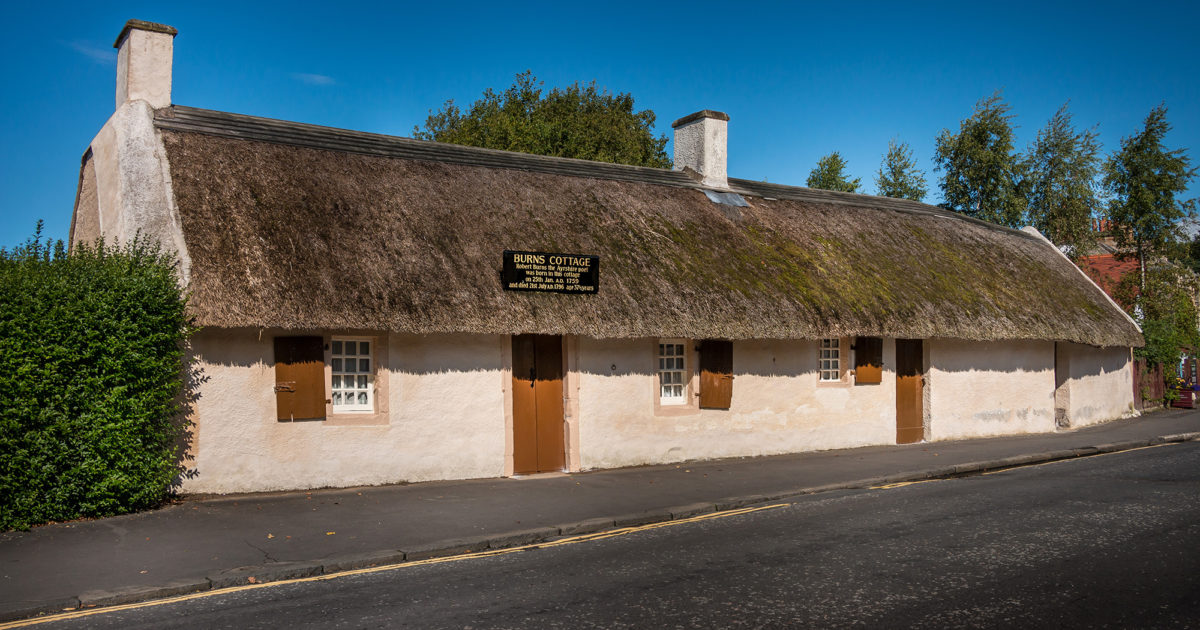
Burns’ Birthplace Cottage
What better place to start, than where it all began?
Located in Alloway, on the edge of Ayr, the small, thatched cottage where Robert was born marks the perfect starting point for the Burns trail.
Lovingly restored to its original state, visitors can get a sense of the humble circumstances of Burns’ earliest years, where he shared the cottage with his family and the farm animals that they depended on for a living.
Learn about Burns’ life here, where he spent his formative years, until moving at the age of seven to nearby Mount Oliphant Farm.
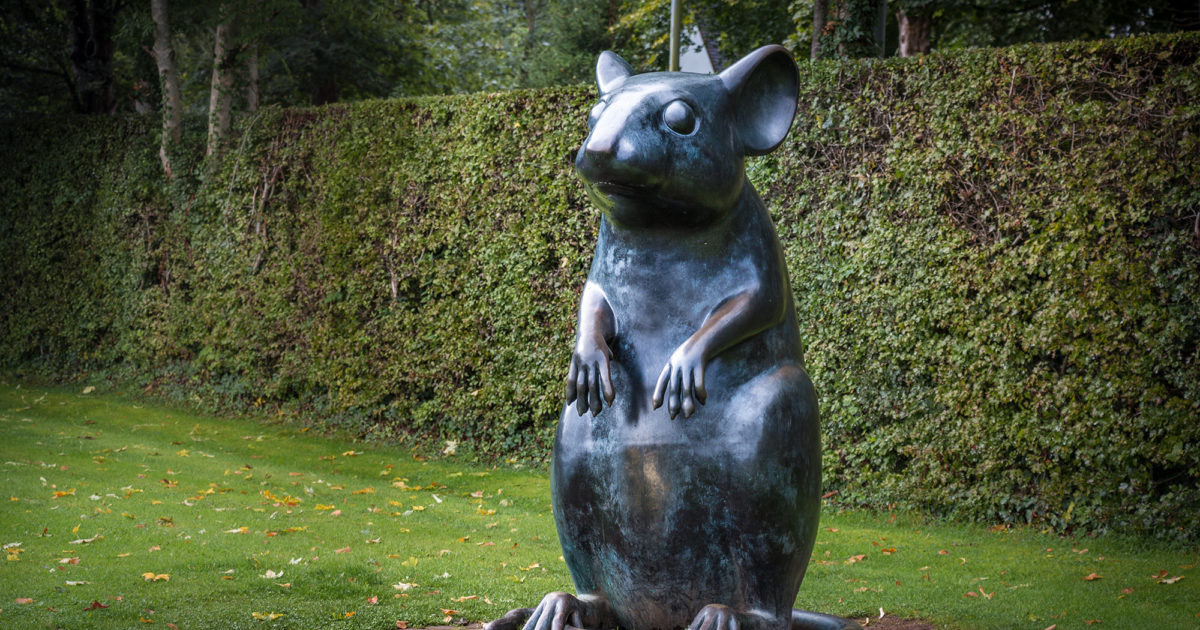
Poet’s Path
Leaving Burns’ cottage, take a stroll to the Robert Burns Birthplace Museum via the ‘Poet’s Path’ – a scenic thoroughfare linking the two.
Located in scenic parkland, the Poet’s Path features multiple homages to Burns and his poetry, with ironwork and sculptures celebrating scenes and characters from ‘Tam O’Shanter’ and his other well-known works.
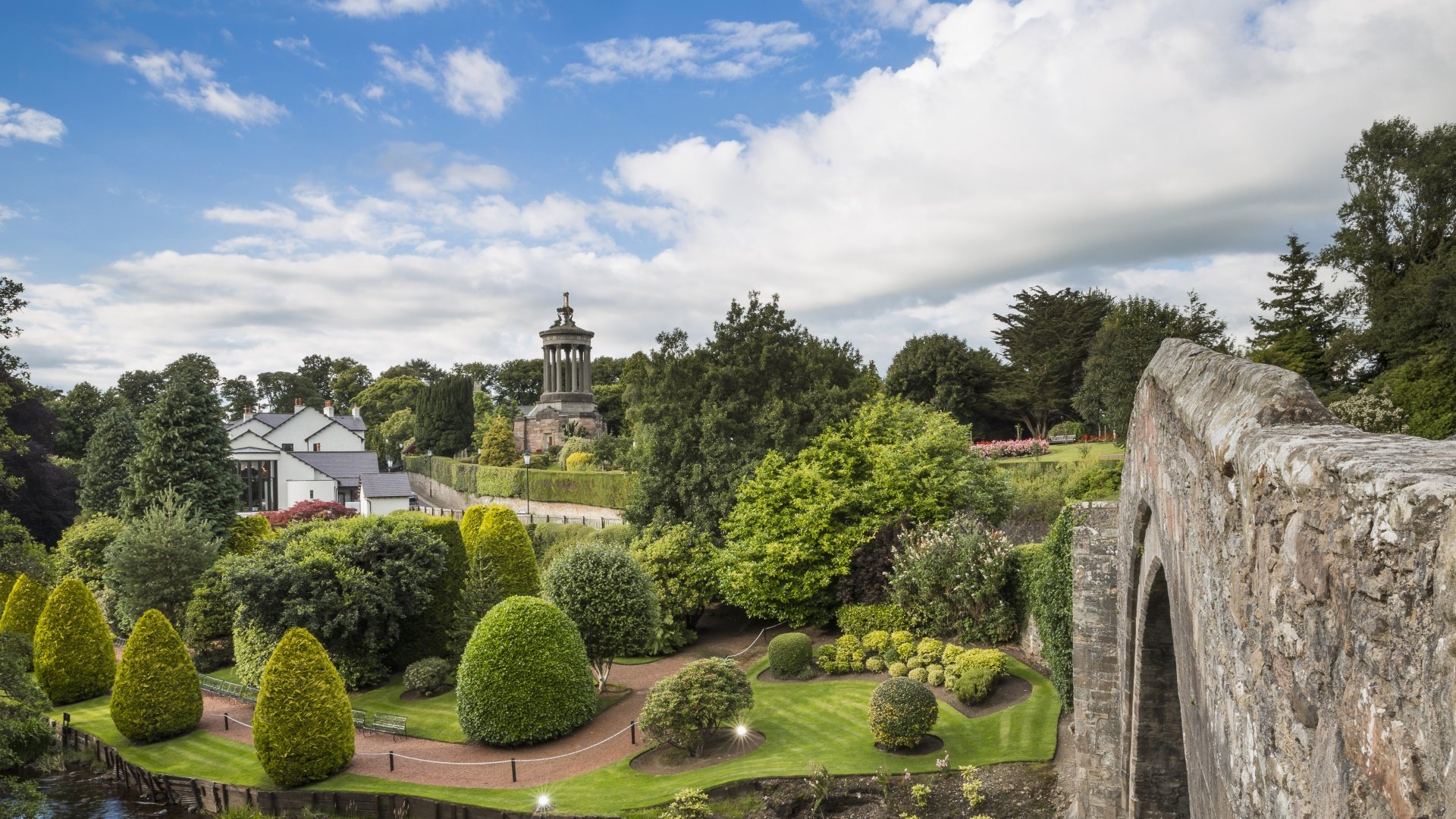
Burns Memorial Garden
After immersing yourself in the Burns Birthplace Museum, head outside for a breath of fresh air in the stunning Burns Memorial Gardens.
Resting on the bank of the River Doon, this tranquil park honours Burns’ memory with manicured lawns and colourful flower displays.
The centrepiece of the park is the imposing Burns Monument, which stands proud of the grounds with its classical Greek architecture. Aside from being an inspiring monument to Burns, it’s also loaded with symbolism – the triangular base’s three angles each point towards the traditional divisions of the county of Ayrshire (Cunninghame, Carrick, and Kyle), and the nine pillars each represent the nine ancient Greek muses, who personified knowledge, literature, poetry, dance, and music.
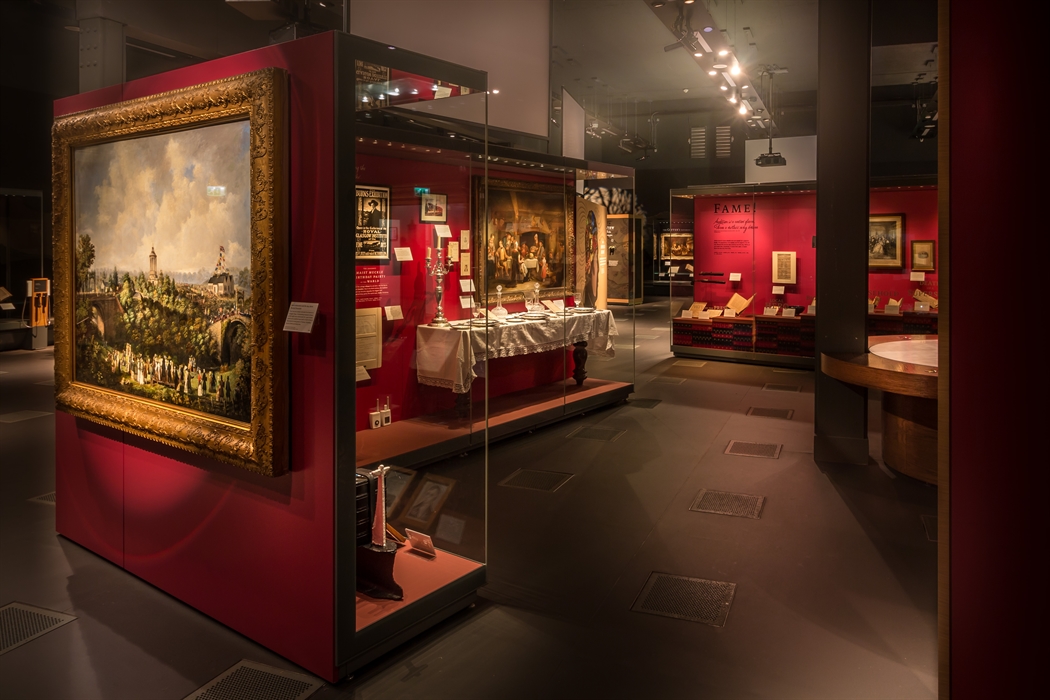
Robert Burns Birthplace Museum
At the end of the Poet’s Pathway, you’ll find the Robert Burns Birthplace Museum, the home of all things Burns related.
Housing more than 5,000 artefacts and interactive displays, the Burns Birthplace Museum represents an unrivalled collection of scholarship and research on the bard, his life, influences and works.
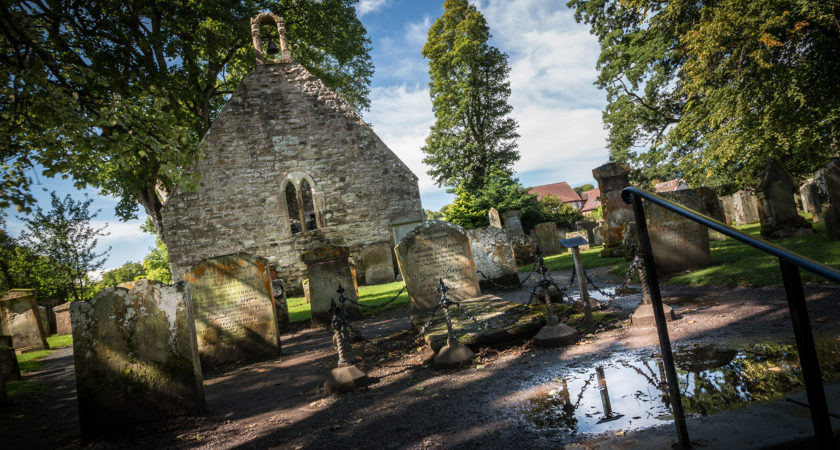
Alloway Auld Kirk
A short walk from the Memorial Gardens, the Alloway Auld Kirk was depicted in Burns’ famous poem ‘Tam O’Shanter’ as “Alloway’s auld haunted kirk […] whare ghaists and houlets nightly cry”.
Supernatural goings on aside, the Kirk looks much the same today as it did in Burns’ time (it was already a ruin then), and is also where Burns’ father is laid to rest.
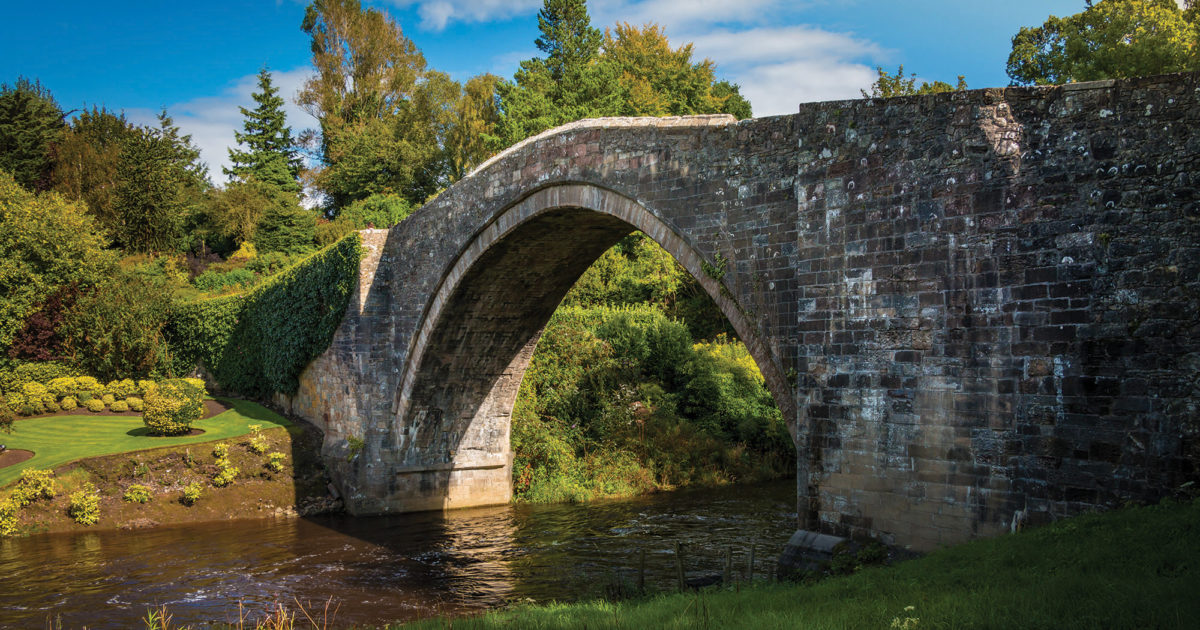
Brig O’Doon
Straddling the River Doon, the 15th-century Brig O’Doon is nearby to the Auld Kirk, and is also referenced in Tam O’Shanter as the means of Tam O’Shanter’s timely escape from the Auld Kirk’s ghosts and sorcerors.
Wander across its cobbled walkway and enjoy scenic views of the river and surrounding countryside – the perfect spot for photographs.

Burns House Museum, Mauchline
Not far from Tarbolton sits the Burns House Museum in Mauchline, where Burns lived during what many consider to be his most “creative and productive” period.
Burns and his wife Jean Armour lived in a room here for a time, where she gave birth to his first children, and the museum has original manuscripts of Burns’ work among its collection on display to visitors.
Four of Burns’ children, who sadly died young, are buried in the nearby Mauchline Churchyard, along with his father-in-law, James Armour.
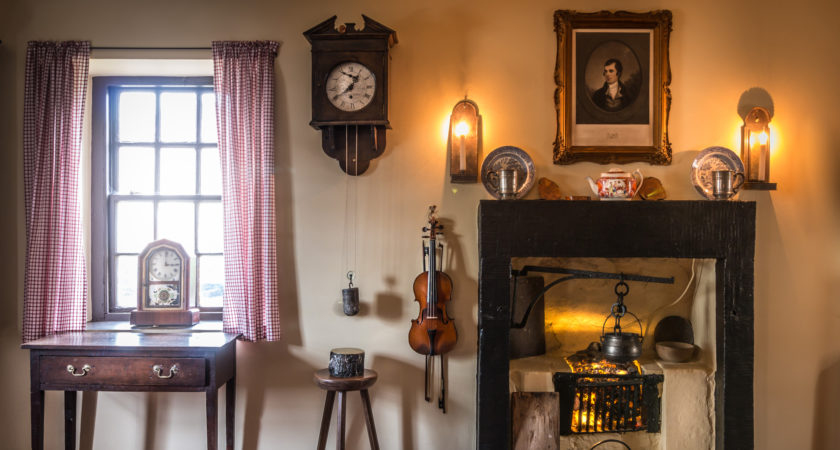
Tarbolton Bachelors’ Club
A twenty-minute drive outside Ayr, the Tarbolton Bachelors’ Club represents a key formative period in Burns’ life, where he first learned to dance and where he founded the Bachelors’ Club in 1780, a men-only debating society.
Outfitted in a similar style to Burns’ heyday, the downstairs features an 18th-century living space, whilst the upstairs houses the rooms used by Burns and his friends to meet, drink, and debate the pressing issues of the day.
Ready to discover Robert Burns for yourself? Book your Turnberry apartment now now.
